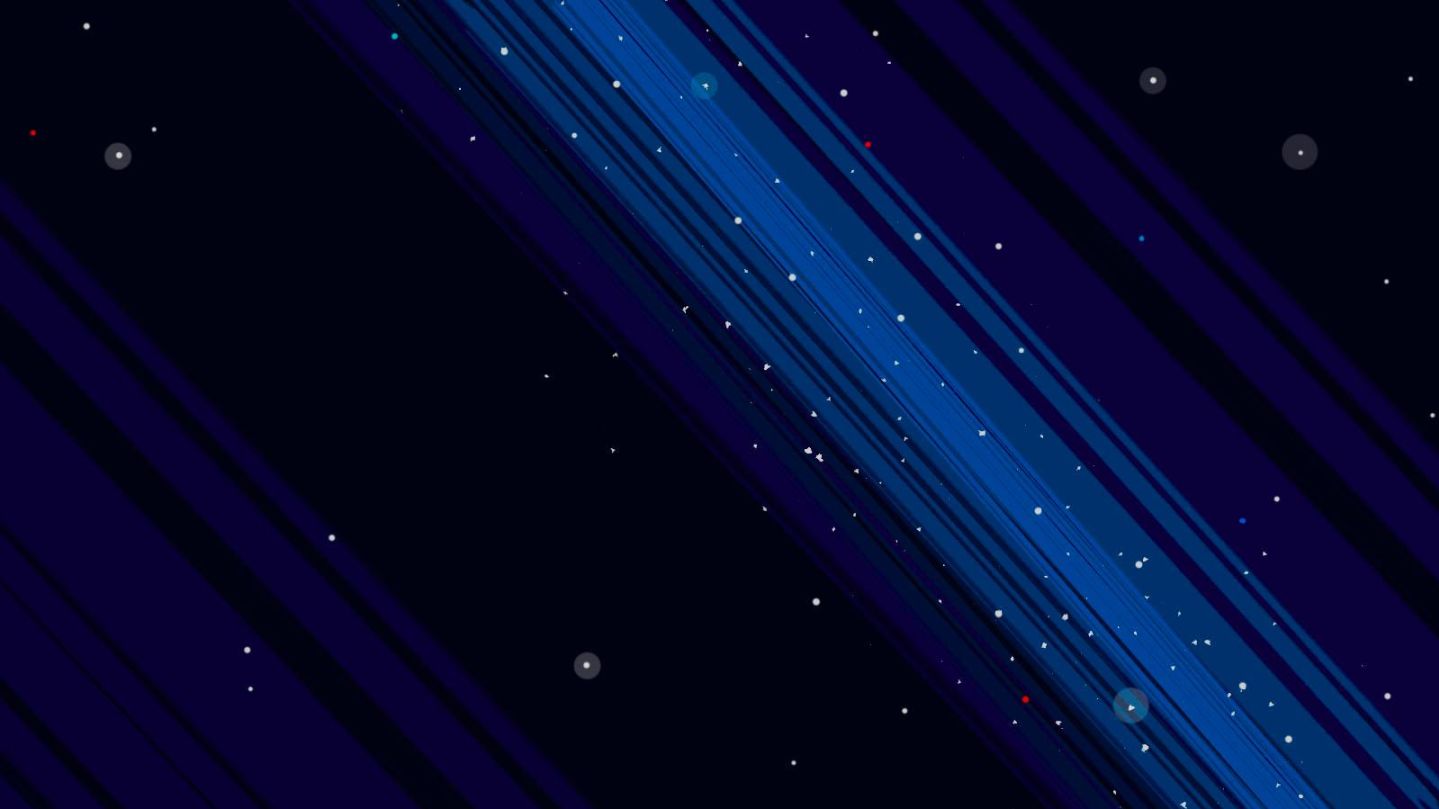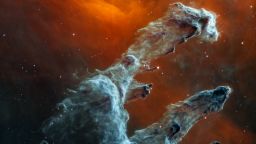Editor’s note: Sign up for CNN’s Wonder Theory science newsletter. Explore the universe with news on fascinating discoveries, scientific advancements and more.
The James Webb Space Telescope has delivered yet another astounding discovery, spying an active supermassive black hole deeper into the universe than has ever been recorded.
The black hole lies within CEERS 1019 — an extremely old galaxy likely formed 570 million years after the big bang — making it more than 13 billion years old. And scientists were perplexed to find just how small the celestial object’s central black hole measures.
“This black hole clocks in at about 9 million solar masses,” according to a NASA news release. A solar mass is a unit equivalent to the mass of the sun in our home solar system — which is about 333,000 times larger than the Earth.
That’s “far less than other black holes that also existed in the early universe and were detected by other telescopes,” according to NASA. “Those behemoths typically contain more than 1 billion times the mass of the Sun – and they are easier to detect because they are much brighter.”
The ability to bring such a dim, distant black hole into focus is a key feature of the Webb telescope, which uses highly sensitive instruments to detect otherwise invisible light.
“Looking at this distant object with this telescope is a lot like looking at data from black holes that exist in galaxies near our own,” Rebecca Larson, who received her doctorate from the University of Texas at Austin this year, said in a statement. Larson, who led this discovery, is now a postdoctoral research associate at the Rochester Institute of Technology’s School of Physics and Astronomy.
Not only did the researchers pinpoint this fascinating black hole — they also discovered two others nearby that appear to have been formed about 1 billion years after the big bang and were also lightweight compared with others of that period.
Eleven new galaxies were also recorded with evidence from Webb’s Cosmic Evolution Early Release Science, or CEERS, Survey, also led by the University of Texas at Austin.
Into the CEERS 1019 galaxy
The relative smallness of the black hole at CEER 1019’s center is a mystery for scientists. It’s not yet clear how such a small black hole formed in the early days of the universe, which was known to produce much larger gravity wells.
The galaxy CEERS 1019 has other interesting attributes. It appears as a string of three bright spots, for example, rather than a singular disk-shaped formation of many other galaxies.
“We’re not used to seeing so much structure in images at these distances,” CEERS team member Jeyhan Kartaltepe of the Rochester Institute of Technology in New York, said in a statement. “A galaxy merger could be partly responsible for fueling the activity in this galaxy’s black hole, and that could also lead to increased star formation.”
The newly discovered galaxies are still spewing out new stars, according to NASA. And these findings, along with others from the CEERS survey, may lead to fascinating breakthroughs.
“Webb was the first to detect some of these galaxies,” said Seiji Fujimoto, a NASA Hubble Fellow at UT Austin who was part of the University of Texas at Austin team that discovered 11 new galaxies, in a statement. “This set, along with other distant galaxies we may identify in the future, might change our understanding of star formation and galaxy evolution throughout cosmic history.”
Researchers also note that the black hole within CEERS 1019 may only remain the most distant active supermassive black hole ever recorded for a brief time.
The astronomical community is already pouring over data that could pinpoint other, more distant black holes. It could do so in just a “few weeks,” according to NASA.








